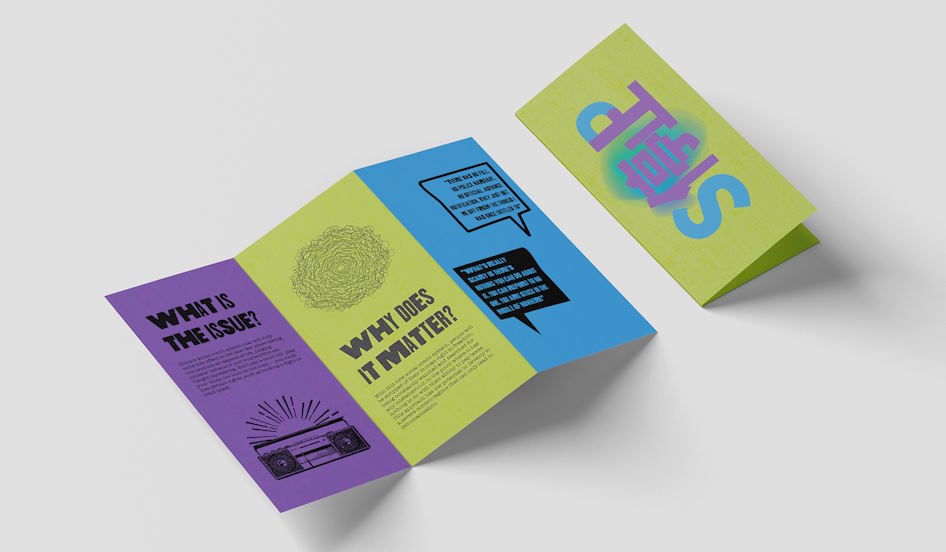Breaking the Rules: When and How to Challenge Design Norms

Design norms, while rooted in practicality and user expectations, can inadvertently stifle innovation if clung to rigidly. As we navigate the dynamic landscape of design, it becomes increasingly evident that pushing the boundaries of tradition is not merely an act of rebellion but a pivotal force driving progress in the ever-evolving field of design.
When to Challenge Design Norms
Recognizing Outdated or Restrictive Norms:
One of the first signs that it’s time to challenge design norms is the recognition of outdated or restrictive principles. Design norms, once effective, can become obsolete in the face of technological advancements or shifts in user behavior. Recognizing when a norm hinders rather than aids user experience is crucial. A commitment to innovation demands a discerning eye to identify norms that may have outlived their usefulness.
Identifying Opportunities for Improvement:
Opportunities for improvement often hide beneath the surface of established norms. Designers should actively seek these opportunities by staying attuned to user feedback, industry trends, and emerging technologies. By identifying areas where norms fall short or fail to meet evolving needs, designers can pinpoint opportunities to challenge the status quo and introduce transformative design elements.

Balancing Tradition with the Need for Change:
Balancing tradition with the need for change is a delicate act. While some norms may carry a sense of familiarity, adherence to them without room for evolution can stifle progress. Designers must navigate this fine line, preserving what works while introducing innovative elements that enhance rather than disrupt the user experience.
Assessing the Potential Risks and Benefits of Challenging Norms:
Before embarking on a journey to challenge design norms, a thorough assessment of potential risks and benefits is imperative. This involves weighing the potential backlash from users or stakeholders against the benefits of improved innovation and user satisfaction. A thoughtful analysis ensures that the decision to challenge norms is strategic and aligned with broader design goals.
How to Challenge Design Norms
Conducting Research and Gathering Insights:
Challenging design norms begins with a solid foundation of research and insights. Designers must delve into user behavior, market trends, and emerging technologies to understand the evolving landscape. By arming themselves with comprehensive data, designers can pinpoint areas where established norms may no longer align with user expectations or industry advancements.

Collaborating with Diverse Teams and Perspectives:
Innovation thrives in diverse ecosystems. Designers should collaborate with teams representing various disciplines and perspectives. The fusion of different viewpoints fosters creativity and allows for a more holistic evaluation of design norms. Diverse teams bring unique insights that can challenge preconceptions and lead to groundbreaking design solutions.
Experimenting with Prototypes and Iterative Design:
The journey to challenge design norms often involves experimentation. Creating prototypes and embracing iterative design processes enable designers to test unconventional ideas without fully committing to them. This iterative approach allows for refinement, ensuring that the final design aligns with both the user’s needs and the overarching design goals.
Testing and Gathering Feedback from Users:
User feedback is a cornerstone in the process of challenging design norms. Testing prototypes with real users provides valuable insights into the effectiveness of proposed changes. By listening to user experiences and adapting designs based on feedback, designers can refine their approach and ensure that the challenge to norms results in positive user interactions.
Communicating and Justifying Design Choices Effectively:
Effectively challenging design norms requires clear communication. Designers must articulate the rationale behind their choices, emphasizing how the proposed changes align with user needs and enhance overall design objectives. Transparent communication helps garner support from stakeholders and users, facilitating a smoother transition from established norms to innovative design solutions.
